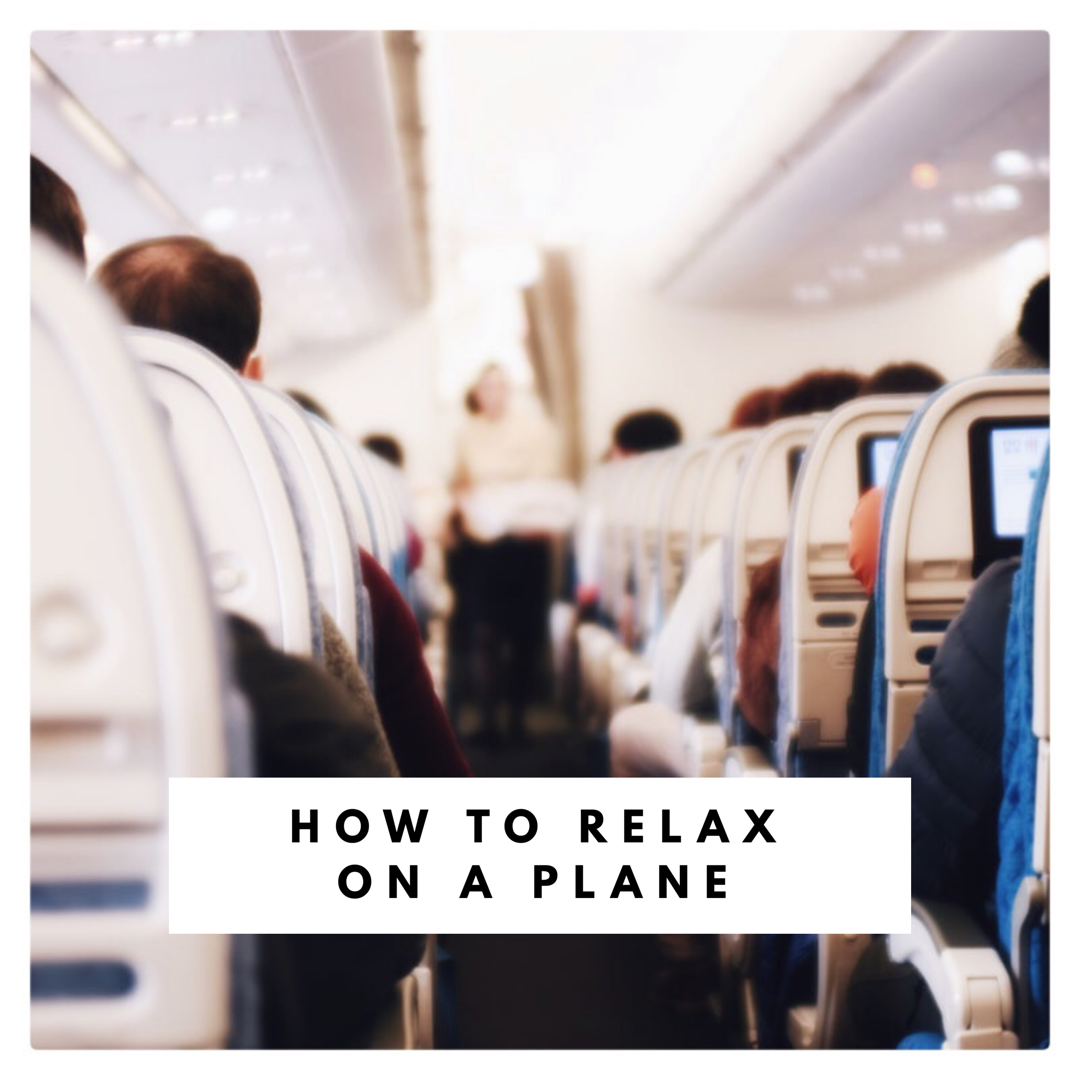How to relax on a plane
The fear of flying – also known as flight anxiety – is not rare; statistics say one in four people experience some degree of anxiety when flying.
Disclaimer: This article has been created and published for informational purposes only. It is not intended to be a substitute for professional medical advice. Always seek the guidance of your doctor or other qualified health professional with any questions you may have regarding your health or medical condition.
The fear of flying – also known as flight anxiety – is not rare; statistics say one in four people experience some degree of anxiety when flying. Flight anxiety can be caused my multiple factors, including claustrophobia or a fear of heights.
Such fears have certain triggers, which include anything from taxing thoughts and worrying mental images to hidden memories. One in five people state their fears restrict both their personal as well as professional life.
Here are seven things you can do to relax on a plane.
1. Feel great about the statistics
Did you know over 3 million people fly each day worldwide? In the past 20 years, there has been one fatal air accident for every 2000,000,000 person-miles flown. Airplanes are much safer than driving, with one airplane accident for every 250,000 car crashes.
2. Focus on the destination
The flight is only a very small portion of the trip. If flying makes your anxious, its best to sit with eyes closed, visualising the destination. Contemplate all the places you will go to and the people you will meet. Think about the holiday activities that make you happy and naturally relax, such as sunbathing or swimming.
3. Practice deep breathing
When we are stressed and anxious, our breathing becomes shallow. Similarly, when we are calm and relaxed our breathing deepens. The mind, heartbeat and breathing rate are directly connected.
If you are nervous or anxious during a flight, and you find it challenging to control your thoughts, focus on your breathing. Take your awareness to the navel and breathe deeply. The navel is centre is called Manipura chakra, which translates to “city of jewels.” This is because the navel is the centre of action, where we get most of our prana or vital energy from.
Breathing from the navel will help us stay relaxed and serene in many of life’s challenging situations.
Practicing deep-navel breathing over a period of time will lead to greater clarity, lesser thoughts and deeper connection and understanding to our emotions. It will also improve digestion.
4. Check out the flight attendant. As long as they’re calm, all is well.
Flight attendants fly approximately 75 to 90 hours a month on average. Did you know they’re trained to deliver a baby in mid-air? They’re also quizzed on health and safety before every flight by senior cabin crew. As long as your flight attendant is calm, all is well. So sit back and relax.
5. Tense every muscle group in the body
Method 1: Full body contraction
Sit with your back upright on the chair, keep your head straight and breathe through the nose. Close your eyes and focus on the breath for a few moments. Breathe deeply.
Inhale and tense all of the muscles in the body at the same time for about 5 seconds. Then release the tension whilst you exhale.
You can repeat this process 2-3 times.
Method 2: Contraction by muscle groups
While inhaling tense only one muscle group, for instance: your face and neck for 5 seconds. Then exhale and release the tension in the face and neck.
Next move to the shoulders and upper back. Slowly make your way through each muscle group.
This exercise helps calm anxiety immediately, and is even prescribed for insomnia. Doctors use it in combination with other treatments for the relief of many conditions, including headaches, cancer pains and digestive ailments.
6. Avoid coffee
Coffee dehydrates the body, which can lead to nausea and headaches when flying. Caffeine can also stimulate flight anxiety and nervousness.
It takes five to six hours for caffeine to wear off completely, so it’s best to stay away from it when travelling.
Besides, airplane cabins are dry environments, which can make your skin and eyeballs dryer than usual. This is because the aircraft must pump external air to dilute air in the cabin and crew which is loaded with carbon dioxide. Since coffee is a natural diuretic, its best to stay away from it.
Instead, have relaxing beverages such as chamomile.
7. Practice Yoga Nidra
Yoga Nidra is a meditative technique, which teaches us how to relax with full awareness, helping us get rid of stress and fatigue. It energises the body and is considered a highly effective form of meditation to combat stress and anxiety. Yoga Nidra can be done as a guided meditation or self-read.

